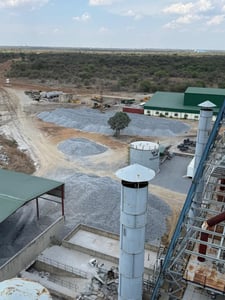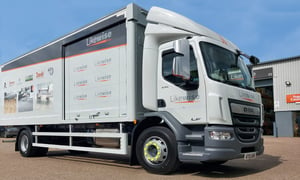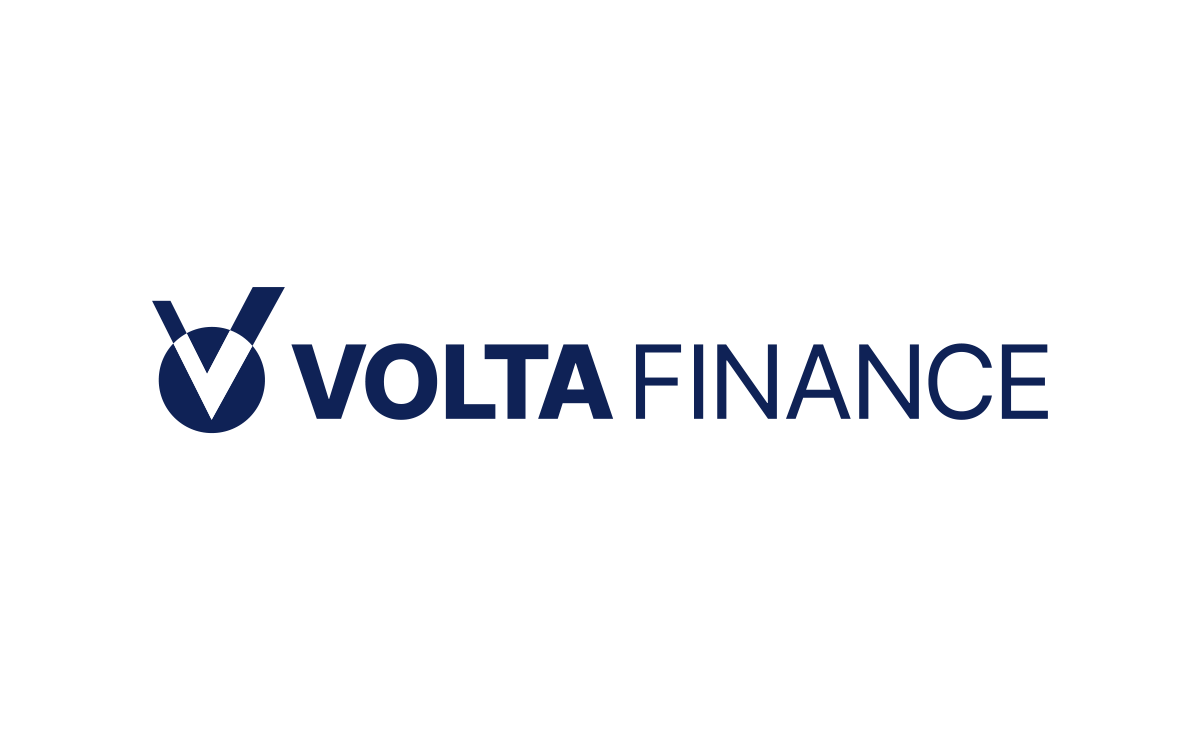A subtle shift is underway: once‑cautious smaller businesses are quietly defying the narrative of economic fragility. Beneath routine commentary on cost pressures and market uncertainty lies a story of unexpected strength, and investor‑minded observers should be leaning in.
These enterprises are at the forefront of a structural realignment. After a slow recovery in 2024 when just under half reported expansion, today nearly three‑quarters of the same cohort are growing again. Not only that, but a fifth now describe their growth as “significant”, up from a mere one in eight last year. The momentum is unmistakable, but its implications are often overlooked in the broader macroeconomic debate.
The size of the firm is increasingly material. Those with 100–249 employees are leading the charge, with over three‑quarters now on a growth curve, a marked jump from roughly half last year. This shows the sweet spot where operational scale meets agility. It is also where investors can find hidden value: enterprises too large to slip under the radar, yet still nimble in their ability to adapt pricing, manage costs, and explore niche opportunities.
Geographical and generational factors matter too. From the Midlands to the North East, decarbonisation and green credentials are gaining traction, with younger leadership often the catalyst. Close to two‑thirds of these firms are committing to reducing their footprint, especially those in mid‑sized brackets with more resources to implement change. Others are following, not from altruism but from strategic positioning: ESG credentials are an increasingly unspoken entry ticket to larger supply chains and public contracts.
Change is also apparent in adoption of digital tools and funding sources. Access to affordable finance has historically been a pinch point, fewer than half of SMEs tapped external funding last year. Yet as confidence returns, more businesses are reallocating capital to digital and process‑improvement investments, key enablers for scaling efficiently and reaching new customers. Banking innovations are following, with specialised SME lenders stepping up capacity and reshaping risk models to meet demand.
For investors, the takeaway is clear. These businesses are operating in what was once defined as a headwind—but are treating it as a vector. Their response isn’t desperation; it’s strategic. Rising commodity or wage costs are being managed through productivity enhancements, pricing power, and operational refinement. The construct is not fragile, it is adaptive.
Consider this: even amid discussions of recession and tightening lending, a solid base of healthy SMEs is quietly seeking expansion capital. The appetite for business loans increased notably in recent months, while backlogs in supply deliveries and customer acquisition reflect renewed confidence. That translates into predictability in earnings, positioning for market share gains, and potentially enhanced valuations.
Yes, macro risks remain. Input cost inflation, regulatory friction, and wider geopolitical uncertainty can’t simply be wished away. However, resilient SMEs are demonstrating three core investor‑relevant traits: disciplined cost‑control, purposeful investment in productivity, and genuine market responsiveness. Growth in this segment is not purely cyclical, it reflects a sustained reset in internal capabilities.
For those assessing SME‑oriented funds, credit instruments, or equity positions, this underscores a window of opportunity. The firms outperforming today are doing so by building longer‑run frameworks, not chasing short‑term stimuli. These trends suggest that many small and mid‑sized enterprises are evolving from being vulnerable to becoming quietly formidable, just as economies shift into a new equilibrium.
Duke Capital Limited (LON:DUKE), formerly Duke Royalty Limited, is a Guernsey-based provider of hybrid capital solutions for small and medium-sized enterprises (SME) business owners in the United Kingdom, Europe and North America, combining the features of both equity and debt.







































